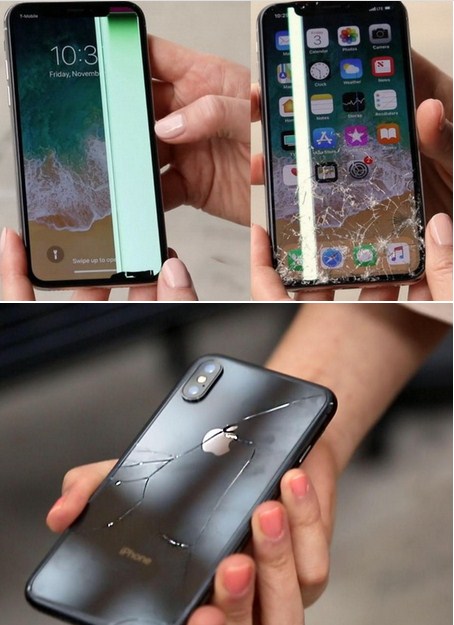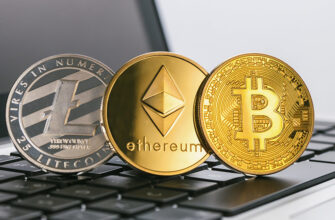The first hard drive was developed by IBM in 1956 year, and he went down in history as the beginning of the computer industry.
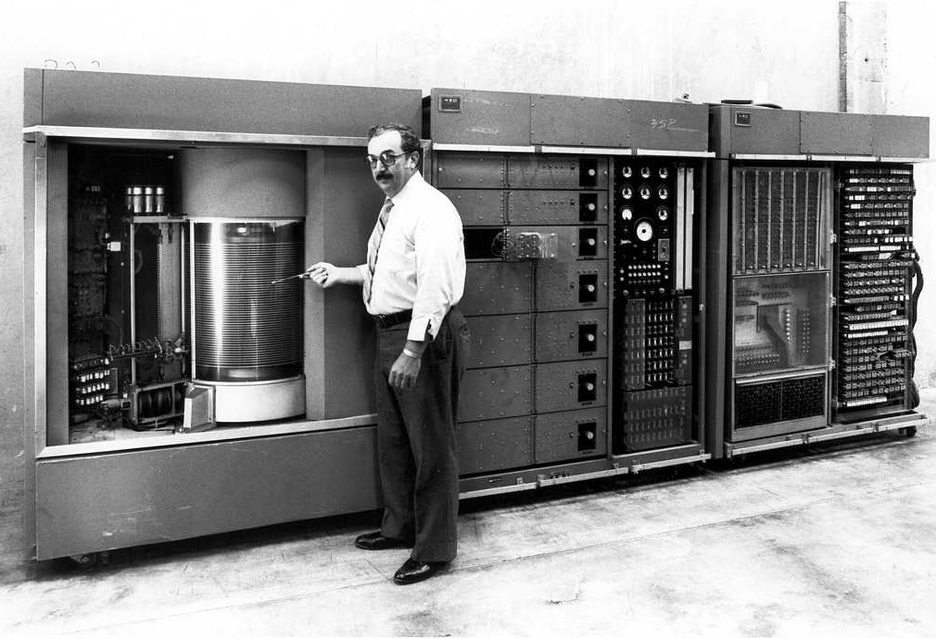
Did you know, the first hard drive was slow, It weighed a ton and had 5 MB? Today, its huge case could fit thousands of modern HDD or SSD drives.. This article summarizes nearly sixty years of hard drive history. So it is convenient to arrange in chairs and revise what was History of the hard drive.
At the outset it is worth mentioning, what history of hard drives starts from the 19th century, when the first punch card have been patented. However, this solution was not perfect, and before the outbreak of World War II, punch cards were replaced with a memory drum.
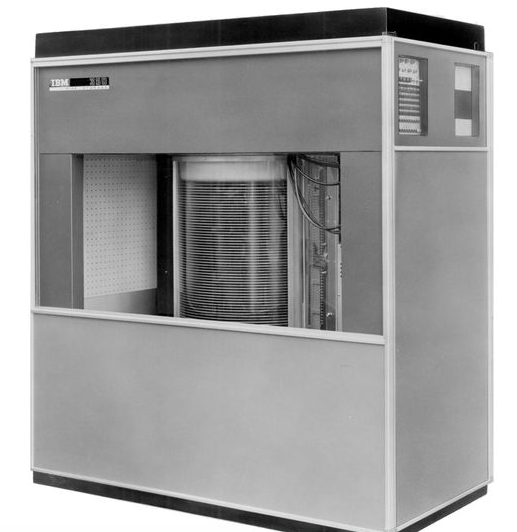
IBM 350 was a real breakthrough in the field of data storage from which it began history hdd. Through the use of 50 platters diameter 24 inch, rotating at a speed of 1200 rpm, he almost every way while walking in front of popular solutions.
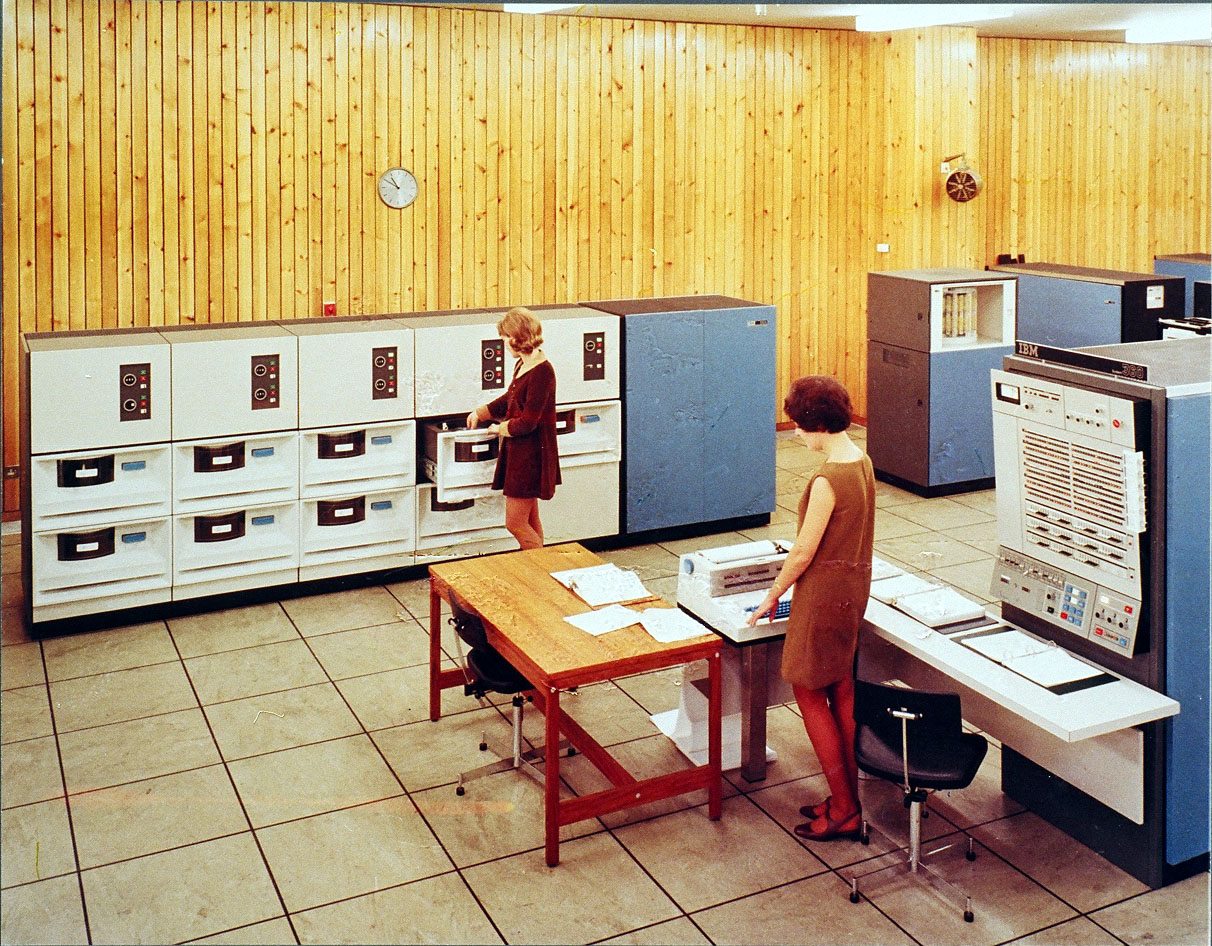
AT 1956-61 years, IBM has produced more than 1000 IBM computers 305 Hriaanac, equipped with disc drives. Despite, that has already passed 60 years old, Modern hard disks are still working on the same principle as IBM 350.
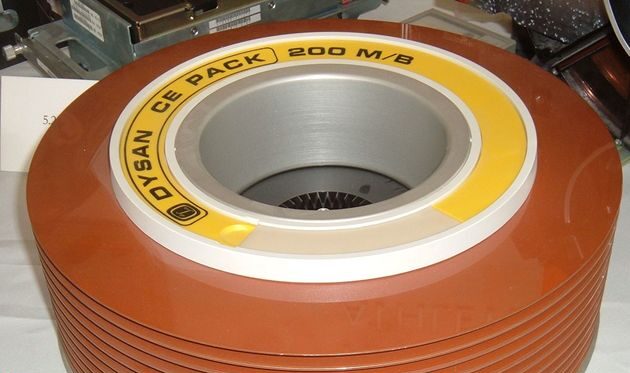
Soon, Based on the experience with the model 350, IBM has started to create more and more powerful design. IBM Hard Disk Drive 1301 with 1961 year could be stored 28 MB data 25 drives. Each of them had a special head, thereby reducing the time to access data from 600 to 180 ms. AT 1965 , IBM storage module was created 2310, using replaceable cartridges volume 1 MB.
AT 1970 she made her debut on the market IBM model 3300 with swivel mechanism of error correction. The system consisted of two modules with removable media, and the cost in today's equivalent of about 400 thousand. dollars. One data carrier (the so-called Disk Pack) contained 11 discs with a diameter of 14 inches and had a capacity of 100 MB, and since 1974 of the year - 200 MB. The modules can be combined with each other, so hard drives were able to offer gigabyte capacities for the first time. There is still a serious obstacle had large drive sizes.
Magnetic HDD drives for the first time met with real competition in the 1976 year. The company then introduced Dataram drive Bulk Core, which today is considered the ancestor of SSD drives (Solid State Drive). They use what is called a ferrite memory, a feature which was the lack of mechanical elements. Data access time was only 2 ms.
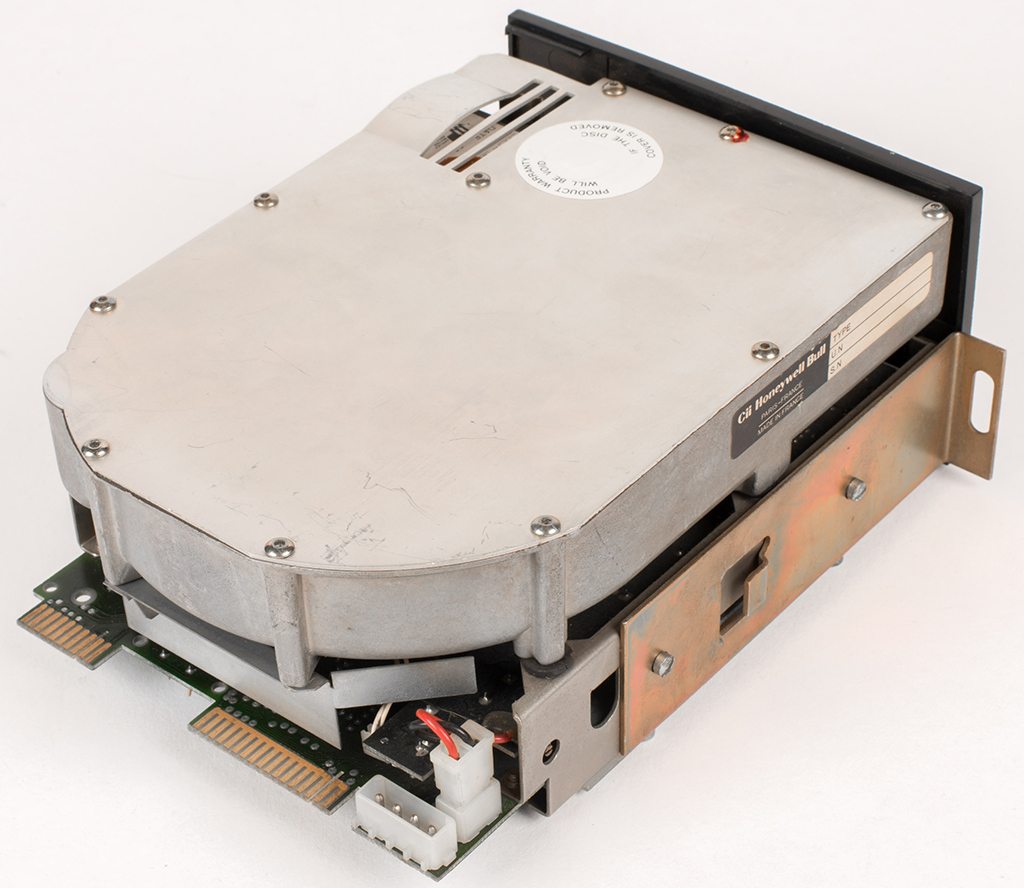
The solution was an interesting, but also very expensive and impractical. If we convert the price Bulk Core memory on current conditions, the 1 TB of disk space will cost about 1,6 billion. Bill Gates on his fortune could buy about 49 TB of storage space. Little, for the richest man in the world.
The real revolution in the hard drive industry took place only in 1980 year, when the company Shugart Technology introduced the ST-506 drive. He provided the same amount of, as IBM 350 at 1956 year, i.e 5 MB. However, it had a "miniature" format 5,25 inches and weighed "only" 3,2 kg. It can be summed up in the first PC chassis. ST-506 has gained market success, Shugart and the company now known as Seagate.
Another important innovation in the market was the premiere of the disc in Rodime RO352 1983 year. This defunct Scottish company has managed to fit an HDD with 10 MB 3.5-inch casing. Thus was born the standard, which until today is used all models of hard drives.
80-s hard drives on the market have been a period of miniaturization and standardization. Appeared SCSI and IDE interfaces, and the Japanese company Toshiba in the second half of the decade has developed a semiconductor memory technology NAND flash.
AT 1988 year on the market the first hard drive in the format debuted 2,5 inch – PrairieTek 220 capacity 20 MB. As well, how Rodime RO352, he was regarded as an important breakthrough in the evolution of HDD. Ten years later, discs 2,5 inches began to be massively used in laptops. AT 2006 year format 2,5 inch has become the standard in the market of hard disks with SATA interface.
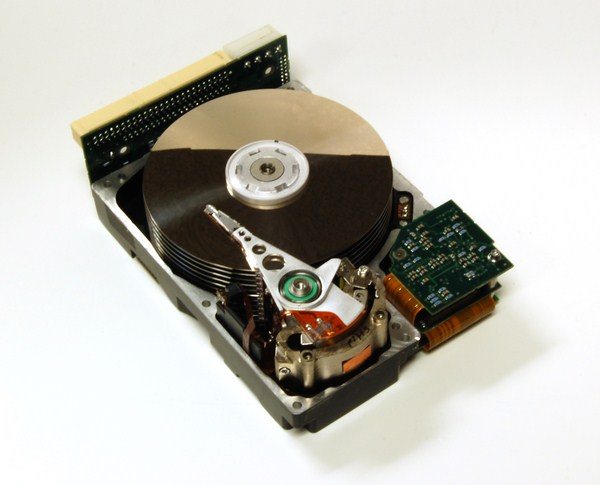
In the early 90s the development of hard drives has accelerated as a result of the boom in PC. IBM first gigabyte HDD model brought to market as early as 1991 year. It was a model 0663 Corsair – 3,5-inch design with 8 discs. A year later, the company introduced the Seagate drive capacity 2,1 GB Discs, rotating at a speed of 7200 rpm.
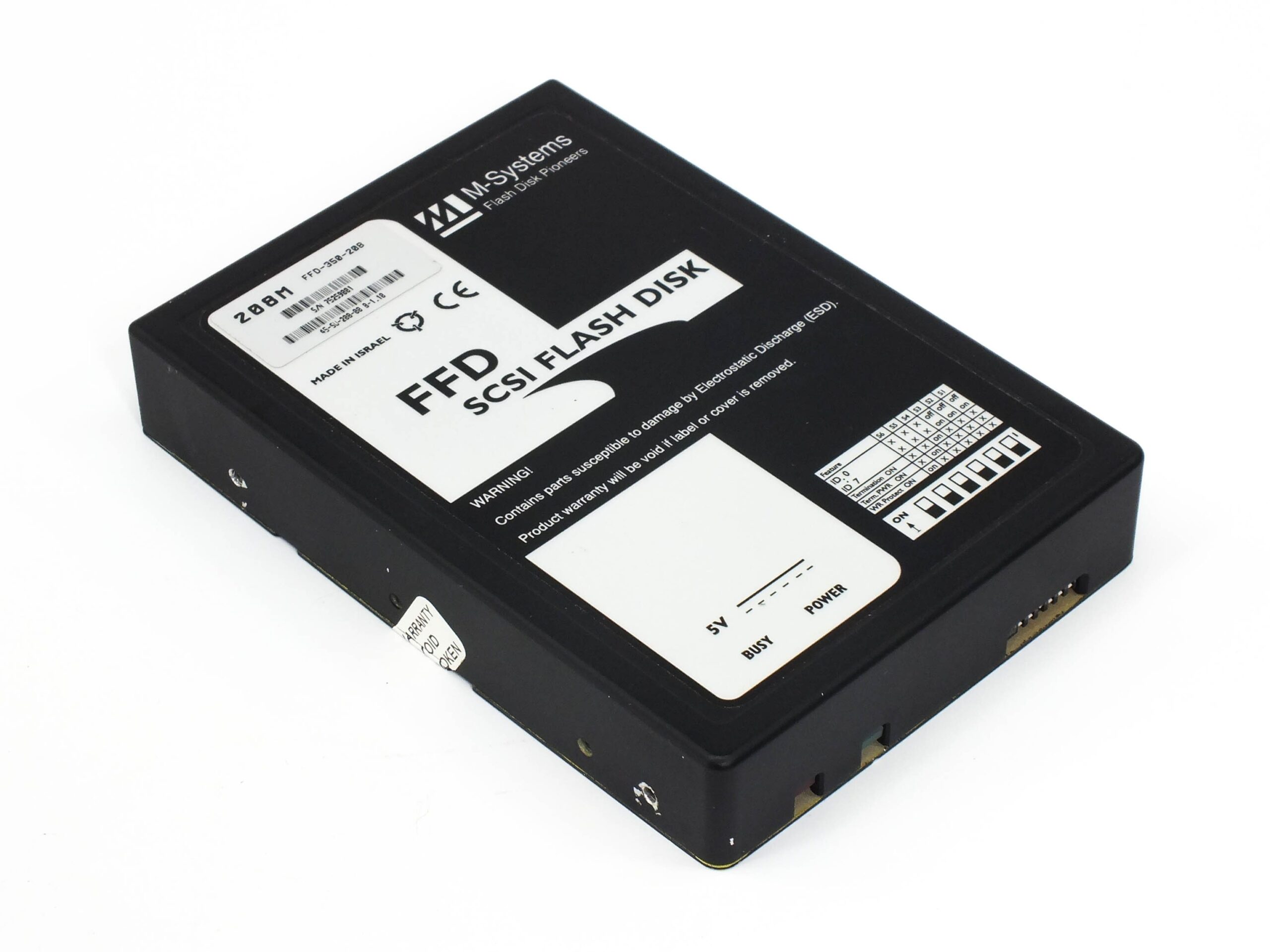
AT 1995 , the Israeli company M-Systems developed the first disk FFD (Fast Flash Disk), that its format 3,5 inch was like a classic hard drives, but it had a basis NAND. He did not have any moving parts, He offered a very short access time and, which is especially important, considered extremely durable and reliable. Solutions, born under the acronym FFD cost a lot of money, but relished the military. they also began to be used for the flight recorders, popularly known as black boxes.
End of XX century – these are the times of plates rotating at great speeds. AT 1996 Seagate, the company has created a family of Cheetah hard drives. The first models were dispersed to 10000 rpm, and Cheetah X15 models 2000 , the discs were rotated at a speed of 15000 about. It was the fastest hard disk drives with IDE interface. We appreciated for their effectiveness, but not approved due to the high noise produced.
We can say with confidence, that the XXI century has come for hard disk drives at the end of 2002 of the year, along with the release of the universal interface SATA. The new generation of HDD drives loved players. especially those, who could afford to buy two drives and their connection to the array RAID0.
SATA connector has quickly become the standard, and just as quickly began to develop. AT 2004 debuted the second generation (SATA II 3 Gb/s), and five years later – third (SATA III 6 Gb/s). When in 2006 year started to become cheaper before expensive NAND flash memory, HDD zaimeli a serious competitor in the form of the first SSD.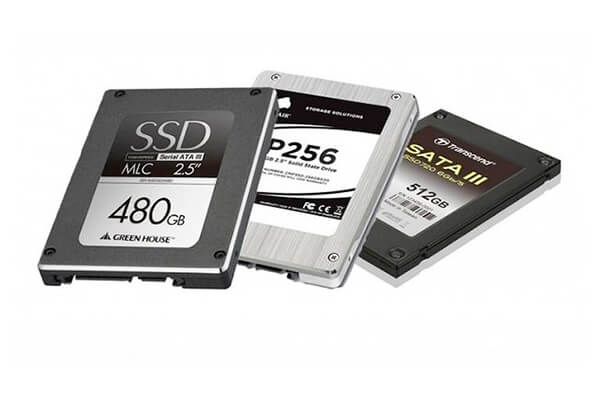
The pioneers of the new technology were two market leading manufacturers - Samsung and SanDisk. AT 2010 year they were joined by the company Plextor, known for its production of reliable optical drives.
Capacity hard drives 1 TB has been reached in 2007 year by Hitachi. In order to achieve the same capacity with the help of the first hard disk, you need to connect with each other 200 IBM thousand units 350. If we assume, that each of them weighed a ton, their total mass corresponds to the mass of atomic two carriers or one supertanker. That was nine years ago. Today's hard disks are able to put a 3.5-inch media more 10 TB data.
Modern flash drives still do not offer such containers, However, other, more important trump card - is unattainable for the hard disk read and write speed of data. The combination of high-performance controllers and all the cheaper NAND flash, It led to another revolution. Today, all are considered most ssd as a data store, as though returning to his roots. The new computers HDD, History of creation which began more than half a century ago, more and more often replaced by less, but many times more efficient solid state drives.
Why this change? Generates on its SSD prices fall, as well as the growing needs of users, especially gamers. Almost ten years ago, the first available in stores offering SSD drives 32 GB storage space and cost as much, how many new notebook middle class (about 700 dollars).
Today, popular model volume 500 GB – 1 TB, can be bought for a much lower price. The capacity of such a carrier is sufficient for the, whose data is stored outside the computer - on an external drive or Internet cloud. AT 2007 year of the SSD could only dream of. Today, with the help of, it is possible for a relatively small price to upgrade your personal computer.

